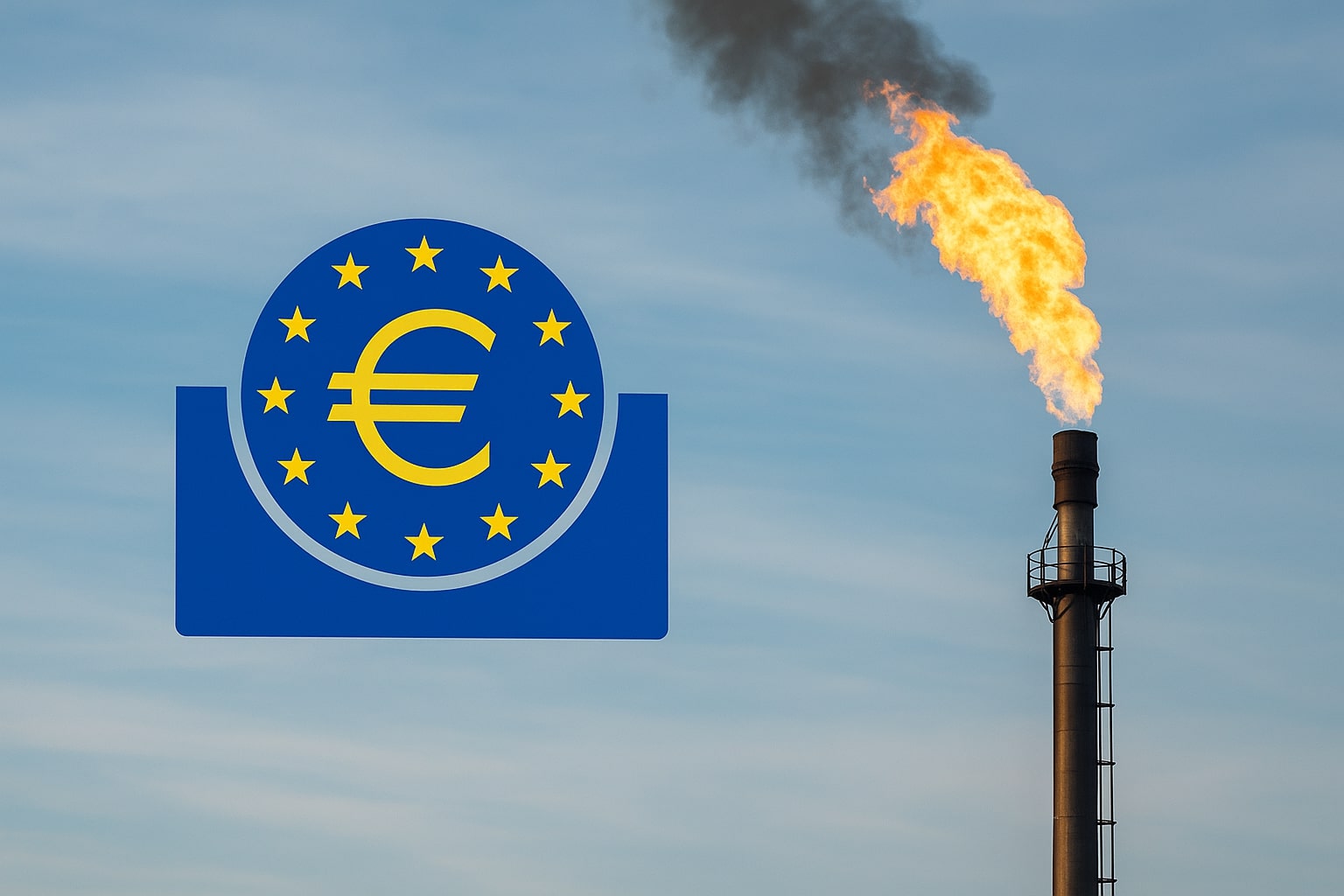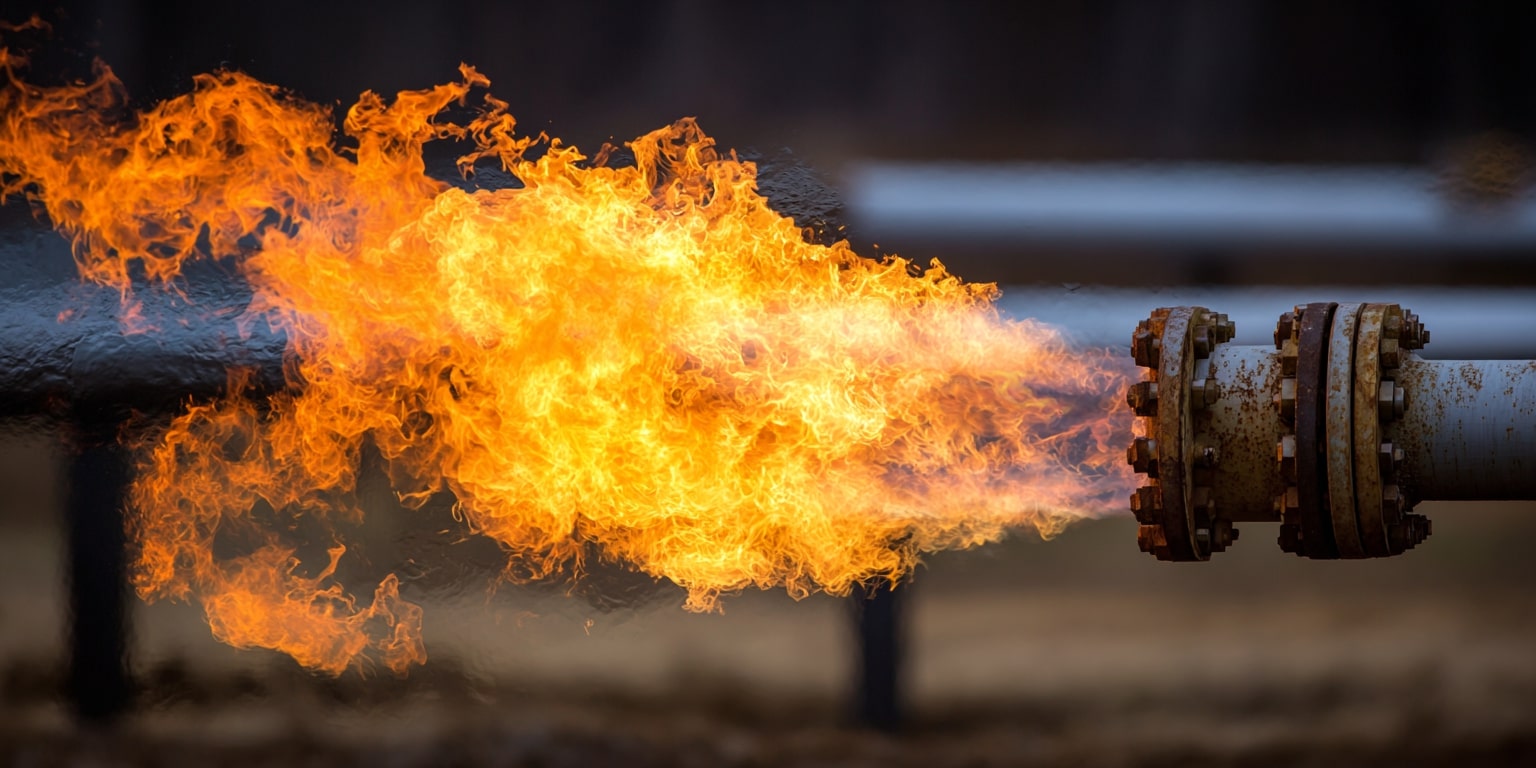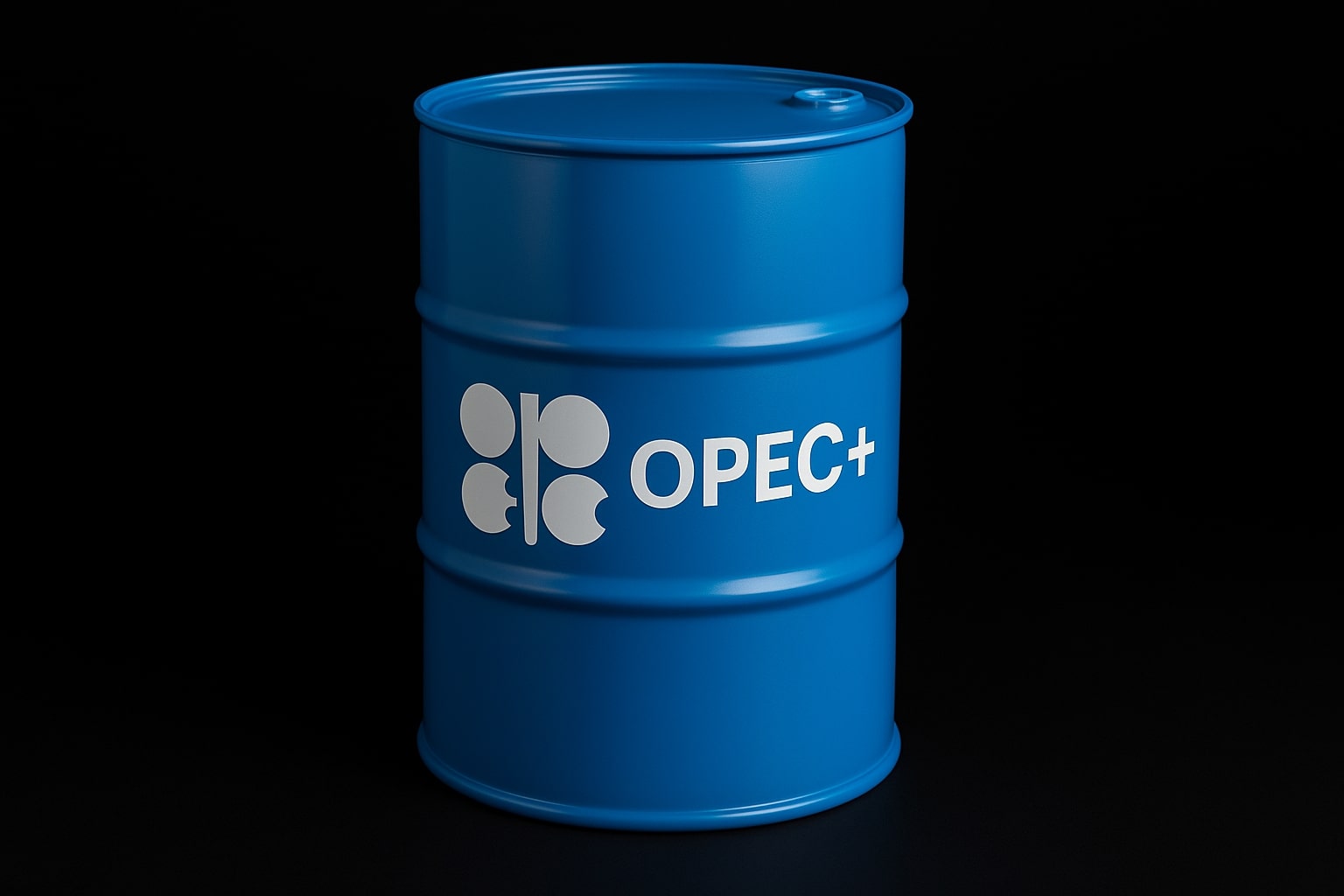Natural Gas Price Overview and Market Sentiment
The natural gas market continues to exhibit volatility as it reacts to shifting demand dynamics, especially as we transition to milder temperatures in key regions such as the U.S. and Europe. This seasonal shift has led to fluctuations in natural gas prices, including the recent $3.366 price level seen after a sharp rebound from $3.101. However, the market remains below key resistance levels, such as the 23.6% Fibonacci retracement level at $3.370, which has capped upside momentum. Geopolitical factors, such as tensions surrounding the ongoing Russia-Ukraine conflict and production disruptions, continue to play a significant role in shaping the outlook for natural gas prices. Despite these factors, the market’s sensitivity to both domestic and global economic conditions remains evident, with natural gas prices struggling to find direction amid uncertainty.
Natural Gas Technical Analysis and Support/Resistance Levels
Natural gas futures, as tracked under NG=F, have shown a strong technical pattern, though the market is currently facing some resistance at crucial levels. At the time of writing, natural gas prices are consolidating near $3.366, with the market testing the 38.2% Fibonacci retracement level at $3.319. A break below this level could signal a move towards $3.277 and potentially $3.235. On the other hand, reclaiming $3.370 and closing above the 200-day EMA at $3.407 would be a strong signal for bulls, suggesting that further upward momentum may follow.
The 50-day EMA above at $3.5 continues to provide overhead resistance, and the market is caught between these key technical indicators. If the price fails to maintain support at $3.319 or break above $3.370, a bearish scenario could unfold. Investors and traders are closely monitoring these levels, especially since natural gas has seen a 7.1% increase over the last 24 hours, highlighting the market’s potential for volatility. The next few sessions will be critical in determining whether the market will continue its corrective pullback or initiate a fresh leg higher.
Geopolitical Factors and Global Natural Gas Supply
One of the significant factors contributing to natural gas price dynamics is the ongoing geopolitical tension, particularly the Russia-Ukraine conflict. Recent reports indicate that European natural gas prices have seen slight increases due to concerns over supply disruptions, despite ongoing peace talks. The benchmark Dutch TTF contract rose by 1.4%, reaching 35.72 euros per megawatt-hour. These developments underscore the delicate balance in natural gas supply and demand, especially in Europe, which relies heavily on Russian gas supplies. As tensions persist, global market participants are closely watching for any developments that may further disrupt the supply chain, which could lead to price fluctuations.
Additionally, pipeline disruptions, such as the temporary maintenance on Kinder Morgan’s 2.7-bcfd Permian Highway pipeline, have contributed to localized gas shortages in the U.S., affecting pricing at the Waha Hub in West Texas. The situation has caused price fluctuations, with spot gas prices dipping to negative territory before recovering. These disruptions, alongside a decrease in gas production across key U.S. regions, continue to shape natural gas price expectations, as traders remain alert to supply-side developments.
U.S. Production and Weather Patterns Driving Price Movements
Natural gas production in the U.S. has experienced a slight dip in recent weeks, with daily output falling to 103.9 billion cubic feet per day in May, down from a record high of 105.8 bcfd in April. The decline in output is partly attributed to scheduled maintenance on pipelines, such as the Permian Highway, which has affected the flow of gas from the Permian Basin to the Texas Gulf Coast. With production at lower levels and forecasts for higher demand due to warmer temperatures in parts of the U.S., natural gas prices have experienced upward pressure. Despite a forecast for reduced demand in the coming weeks, primarily due to lower heating and cooling demand, the market remains sensitive to weather patterns, with hotter-than-expected temperatures expected to increase gas demand for air conditioning.
Outlook for Natural Gas Prices: Key Factors to Watch
The natural gas market remains highly sensitive to both supply and demand factors. The current price levels suggest that the market is at a crucial juncture. While the recent price surge is notable, the market is still struggling to breach key resistance levels such as $3.370 and maintain momentum above them. The geopolitical situation in Europe, alongside production disruptions in the U.S., continues to fuel uncertainty and volatility in natural gas prices.
In the short term, the outlook for natural gas is mixed. A move above $3.370 could trigger a rally towards $3.453, while failure to hold key support levels could signal a deeper pullback. The market’s sensitivity to geopolitical factors and weather patterns will likely continue to drive price action, with traders paying close attention to the evolution of supply disruptions and demand forecasts. Moreover, as natural gas stockpiles remain higher than the five-year average, the market could face downward pressure if inventories build faster than expected.
As we approach the summer months, natural gas prices will likely remain volatile, with key levels at $3.319, $3.277, and $3.235 acting as critical support zones. Conversely, $3.370, $3.407, and $3.453 will be important resistance levels to watch for potential breakouts. Whether the market can sustain its bullish momentum or if it will fall back into a downtrend remains to be seen, but the interplay between supply disruptions, geopolitical tensions, and seasonal demand shifts will be the key drivers for natural gas prices moving forward.




















